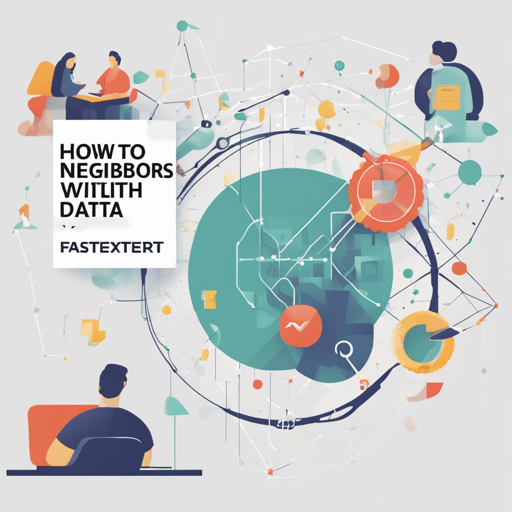Fasttext is a powerful library developed by Facebook’s AI Research (FAIR) lab, primarily designed for text classification and representation learning. Among its various functionalities, one of the most intriguing is the ability to find nearest neighbors in a semantic space. In this article, we’ll explore how to effectively implement nearest neighbor search using Fasttext.
Getting Started with Fasttext
First, you need to ensure that you have Fasttext installed. You can easily do this using pip:
pip install fasttextUnderstanding Nearest Neighbors
Think of the Fasttext model as a highly-trained librarian in a giant library full of books (words). When you ask the librarian about a specific book, they can quickly tell you not only about that book but also about others that are similar. This is exactly what Fasttext does with words and text data—it finds those that are closest in meaning!
How to Get Nearest Neighbors
To find the nearest neighbors, you’ll typically use pre-trained Fasttext word vectors or train your own. Here’s how you can fetch the nearest neighbors for given words, which can act as your text data points.
import fasttext
# Load pre-trained fasttext model
model = fasttext.load_model('cc.en.300.bin')
# Example words to find neighbors
words = ["apple", "cat", "sunny", "water"]
# Find nearest neighbors for each word
for word in words:
neighbors = model.get_nearest_neighbors(word)
print(f'Nearest neighbors for "{word}": {neighbors}')
Understanding the Code
The code above can be likened to a friendly competition in a word association game where:
- fasttext.load_model(‘cc.en.300.bin’): This is like equipping your librarian with a high-tech gadget that has all the information they need to help you.
- model.get_nearest_neighbors(word): This is akin to asking the librarian, “What other books relate to this one?” The librarian then offers you a list of similar titles along with a score indicating how closely they relate to your query.
Troubleshooting Common Issues
While working with Fasttext for nearest neighbors, you may encounter some hiccups. Here are a few troubleshooting tips:
- Issue: Model not found or loading errors.
- Solution: Check if the model file path is correct and that you have the necessary permissions to access it.
- Issue: Unexpected output format.
- Solution: Ensure you are using the correct version of Fasttext, as some methods or outputs may change across versions.
- Issue: Memory errors.
- Solution: Opt for using a smaller model or processing data in batches to streamline memory usage.
For more insights, updates, or to collaborate on AI development projects, stay connected with fxis.ai.
Conclusion
Using Fasttext’s nearest neighbor functionality can unveil fascinating insights by connecting words that are contextually similar. This can enrich applications such as recommender systems or semantic search engines.
At fxis.ai, we believe that such advancements are crucial for the future of AI, as they enable more comprehensive and effective solutions. Our team is continually exploring new methodologies to push the envelope in artificial intelligence, ensuring that our clients benefit from the latest technological innovations.

